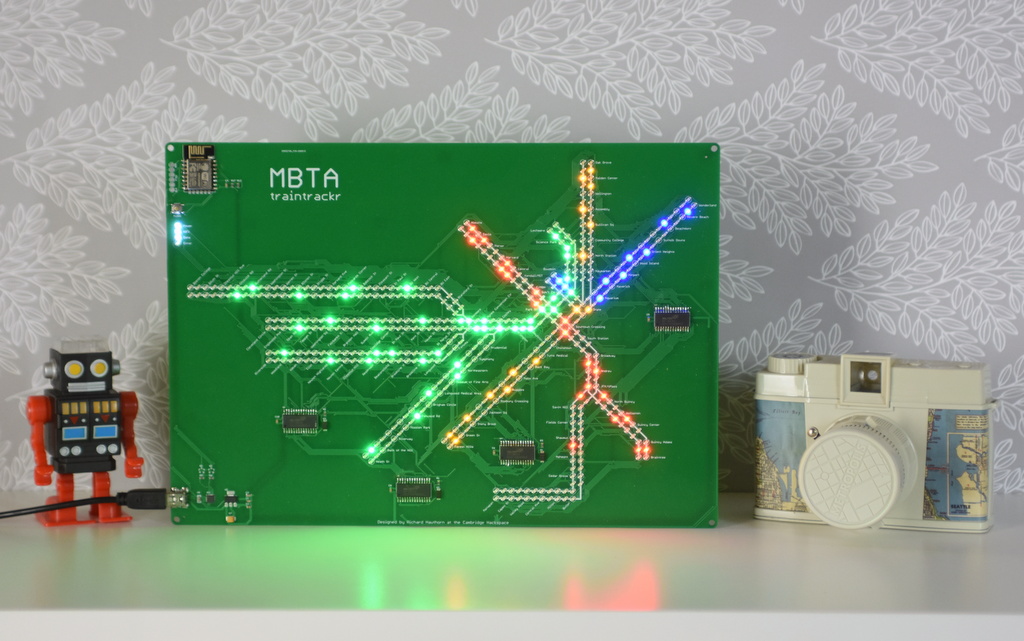Final Project
Table of contents
I have two ideas
PassioGo Tracker
 Inspired by MBTA tracker.
Inspired by MBTA tracker.
I came across this website TrainTrackr from a FB ad which tracks the MBTA trains in real time. I thought it would be cool to make a similar website for the Harvard Shuttle’s on PassioGo since the app is so bad.
Hydroponic Indoor Herb Greenhouse
I love cooking, and my number one biggest pet peeve is having to go to the grocery store to buy fresh herbs. It’s likely that I will continue to live in places without a garden, so it will be hard to grow my own herbs outside plus the climate in the north-east isn’t suited for year-round herbs. Oh, and I’m also really bad at taking care of plants, so whatever I try and grow has to be automated.
- Herbs go bad real fast and freezing them doesn’t really work.
- They’re kinda expensive (at least it adds up real fast) and you can’t get a good variety at the store.
- You always need a herb that you don’t want.
 Aerogardens are kinda expensive (~$200), crowds easily and not very modular.
Aerogardens are kinda expensive (~$200), crowds easily and not very modular.
Specifications and goals
- Modular system - stack them vertically, each plant in it’s own container
- As automated as possible - microcontroller, sensors, grow lights + reflectors, water pumps, etc.
- Low maintenance
Bill of materials
- Microcontroller (reading sensors, controlling pumps, lights, etc.)
- Motor (for controlling the angle of the lights)
- Water pump (water flow) and air pump (oxygen)
- Various sensors, initial research suggests
- electrical conductivity probe
- pH sensor
- water temperature sensor
- air temperature/humidity sensor
- Grow lights and power supply
- Reflectors (Can be made through laser cutting and cheap reflective material)
- 3D printed parts (e.g. container to hold each plant)
- Small OLED/LCD screen
- PVC piping or large rectangular container (not important yet since the prototype will be small)
Project plan
- Design hydroponic system and research potential improvements over AeroGarden design (03/05/23)
- Prototype initial system design using available electronics and currently available or 3D printable parts. E.g. A small one-plant container with water pump, air-pump, and some sensors. (03/15/23)
- Design system and 3D print parts (03/15/23)
- Get initial circuit and microcode written for the system (03/15/23)
- Test with small easy to grow plant such as lettuce, basil or scallions.
- Improve system based on initial testing and prototype and design a larger hydroponic system that can handle 6 plants at a time. Making sure that system is modular to be expanded. (03/25/23)
- Make the first iteration of the 6-plant modular hydroponic system. (04/05/23)
- Re-design and iterate and create the final project of the hydroponic system. (04/15/23)